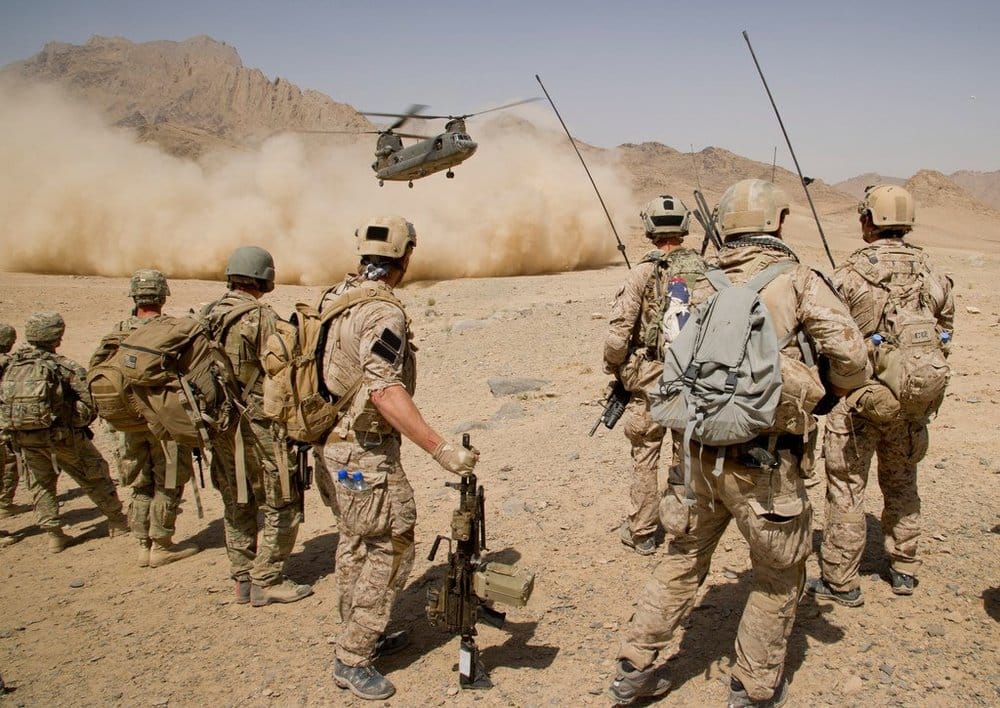In a striking return to the forefront of public discourse, former President Donald Trump has made headlines with his recent calls for the U.S. military to engage in a detailed dialogue regarding drone sightings. This statement resonates amid a climate of heightened interest in unidentified aerial phenomena (UAP) and the implications such sightings may have for military readiness, national security, and public awareness. Trump’s emphasis on open communication from the military reflects a broader societal fascination with drones, UAP, and the circumstances surrounding their appearances.
During a public event, Trump expressed his belief that the military possesses crucial information that should be shared with the American populace. He argued that providing clarity on the nature of drone sightings would not only satisfy public curiosity but also foster a sense of trust in military operations. By promoting transparency, Trump aims to bridge the gap between military secrecy and public confidence, which he sees as essential in a democratic society.
The topic of drone sightings has garnered significant attention over the past few years, especially given the number of reported UAP encounters involving military pilots. These instances have led to widespread speculation and debate about the origins and purpose of these sightings, sparking interest from both scientific communities and conspiracy theorists alike. Trump’s call to action comes in the wake of a report released by the U.S. government in June 2021, which examined various UAP encounters by military personnel and acknowledged the need for further investigation without offering definitive explanations for many of the incidents.
While Trump did not specify which particular drone sightings he was referring to, his remarks correlate with growing public curiosity about extraterrestrial life, advanced technology, and the government’s stance on these issues. The former president’s advocacy for military dialogue echoes sentiments expressed by other officials and researchers who urge a more comprehensive understanding of UAP events. Such discussions are seen as necessary not just for public enlightenment but also for informing policymakers who can address the strategic implications of these phenomena.
Additionally, the military’s cautious approach to discussing UAP has been fueled by concerns over national security and potential vulnerabilities. Many military officials are reportedly hesitant to share information that may reveal weaknesses or expose classified operations. Nonetheless, the debate continues to evolve, and as public interest surges, many believe there is a pressing need for a balanced approach that mitigates national security risks while fostering an informed citizenry.
Furthermore, the technological advancements in drone and aerial surveillance technology have changed the landscape of aerial phenomena. As drones become more commonplace, so too does the potential for misidentification, leading to confusion surrounding genuine UAP occurrences. Experts point out that some sightings previously classified as UFOs may indeed originate from advanced weaponry or reconnaissance technologies utilized by foreign governments. This highlights the necessity for clear categorization and assessment of sightings based on reliable data and thorough analysis.
In the aftermath of Trump’s comments, military officials are likely to face increased pressure to respond to calls for greater transparency. The Pentagon has previously established task forces to examine UAP incidents, and ongoing investigations are in place to analyze reported encounters. With growing Congressional interest in the subject, it is plausible that military leaders may be further compelled to consider how best to communicate findings while balancing the complexities of national security.
Public perception and interest in drone sightings and UAP are influenced by a plethora of sources, including media, Hollywood portrayals, and grassroots organizations dedicated to investigating extraterrestrial phenomena. These narratives can shape the discourse surrounding military communications and perceptions of government accountability. Some advocacy groups support the idea of a public forum where citizens can engage with military representatives on these issues, fostering a collaborative environment for discussing national security and public concern about aerial sightings.
In conclusion, Trump’s appeal for military dialogue surrounding drone sightings points to a wider societal conversation about transparency, national security, and the implications of unexplained aerial phenomena. As interest in UAP continues to rise, it remains to be seen how the military will navigate the delicate balance between safeguarding information and serving the public’s right to know. This ongoing dialogue could redefine how the military interacts with the public on matters that blend science, security, and an evolving understanding of the unknown.


